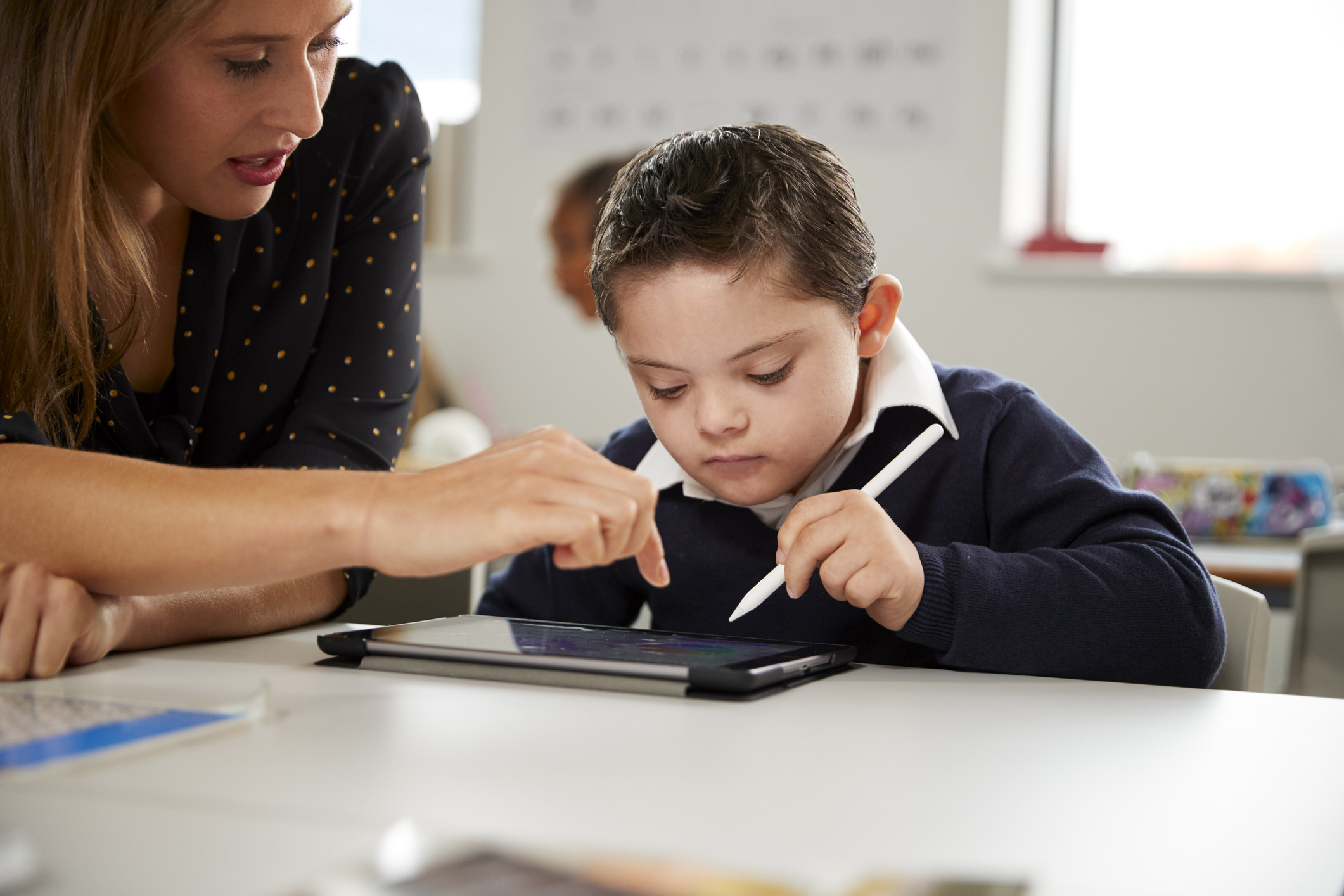About This Lesson
As the COVID-19 pandemic continues to rage in the United States, people of all ages are feeling the effects, even if they haven’t personally known anyone who has been hospitalized. Fear, job loss, lockdowns, and other factors have been affecting the well-being of families across the nation.
During this time of turmoil and change, many people are struggling with their mental health, even young children. If you are teaching students of any age, whether in a virtual classroom or homeschooling, it’s important to help kids find an outlet in creativity. Here are some ways you can help to foster creativity during the pandemic.
Why is Creativity Important?
Lots of people who would ordinarily feel inspired and imaginative are feeling anxious and unable to create right now. But creativity is an important antidote to poor well-being, especially when we can’t rely on our usual methods of stress relief and relaxation.
There are many, many benefits of creativity. People who are creative are better at solving problems and typically develop improved confidence. It’s an outlet for people who are struggling with tough emotions or don’t have much control over their circumstances.
Students who are encouraged to be creative learn to be vulnerable. They learn how to express themselves in new ways, and to look at the world from different perspectives. Creativity has even been linked to better health and longer life! There’s almost no downside to creativity and so many reasons to incorporate it.
Tips to Foster Creativity
Educators are instructed to prepare students for standardized tests, college, and eventually, the workforce. While it’s necessary for students to learn certain skills and subjects, it’s often at the expense of imaginative thinking and creative exploration.
If you want to foster creativity in your students under COVID-19, you have to get creative yourself. You have to think about how the pandemic might be affecting their lives and their own creative power and make creativity approachable, fun, and rewarding.
The first step in fostering creativity to make the “classroom” a welcoming and supportive space. Celebrate creativity in all its forms, and don’t put any pressure on students to create something “good.” Encourage your students to enjoy the process and to understand that nothing they create is ever a waste of time.
Incorporate Engaging Subjects into Your Lesson Plans
If you want to encourage your students to be creative, then you have to incorporate subjects that interest them in your lesson plans. Let students explore and create within genres of music they enjoy, like hip-hop or rock, and talk about how those genres have influenced our world. Study the world’s most unbelievable animals and have students mix and match traits to create their own improbable creature.
Students will be interested in learning if it’s fun, engaging, and gets their mind working. Use that to your advantage in fostering creativity. If you’re not sure what your students are most interested in exploring, ask them!
Give Students Time to Free Write
Writing offers students an incredible creative and emotional outlet. Many people find that journaling helps them to stay grounded, while others enjoy telling a story. Don’t force your students to follow a prompt and give them time to free write. It’s a good idea to offer prompts for students who are feeling stuck, but requiring them can stymie creativity in the classroom.
Before unleashing free writing time, talk about different types of writing that people use to tell their stories. You can talk about personal essays, novels, short stories, journals, screenwriting, poetry, playwriting, and more! Encourage students to read and expand their imagination, and to think about how they might tell their story in a screenplay after they watch a favorite movie. Try to make freewriting a standard classroom practice and offer different options so students can feel comfortable and excited about writing.
Help Students Understand that Every Student is Creative
Some people believe they just aren’t creative and this belief can start very early. As an educator, it’s important to show your students that everyone is creative in their own way. Everyone has a story to tell, whether it’s through music, painting, writing, building, or something else entirely. Reward creativity and make time for students to think and experiment regularly.
Be sure to encourage different types of creativity in your students. Some students are visual and some are audio. Some will enjoy poetry while others prefer to invent new gadgets. To foster creativity, your job is to show your students that anything is possible—and help them to understand that they are the source of that possibility.












